Cultural sites to visit in Uganda are a significant tourist attractions in Uganda and one of the country’s greatest treasures among others that include; Kasubi Tombs, The Uganda Museum, Uganda Martyrs Shrine in Namugongo, Bigo bya Mugenyi and so much more.
Cultural sites to visit in Uganda
Kasubi Tombs:
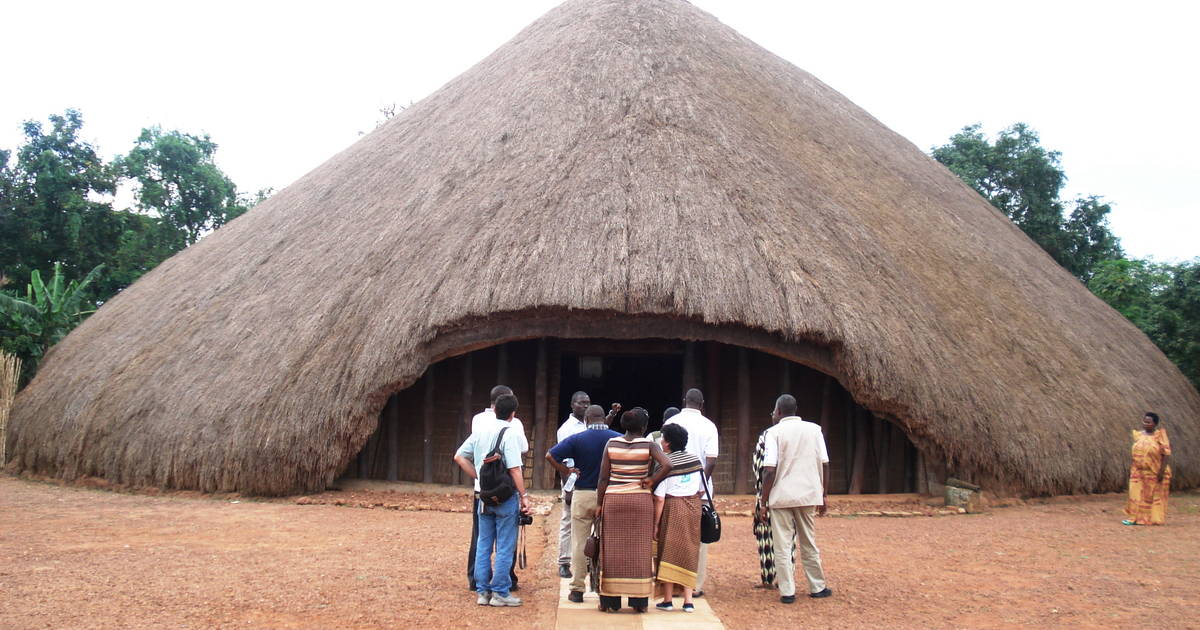 The tombs are a significant tourist destination in Uganda and one of the Kingdom of Buganda’s greatest treasures. In Kampala, the graves are located six kilometers from the city center. The tombs are a UNESCO World Heritage site that annually attracts thousands of visitors (or formerly did).
The tombs are a significant tourist destination in Uganda and one of the Kingdom of Buganda’s greatest treasures. In Kampala, the graves are located six kilometers from the city center. The tombs are a UNESCO World Heritage site that annually attracts thousands of visitors (or formerly did).
The road to Rubaga and Mengo and Makerere University can be used to get there quickly. The primary resting place for Buganda’s Kings (Kabakas) and other royals is the Kasubi tombs. The graves contain the remains of four Buganda kings: Mutesa II, Mwanga II, Daudi Chwa, and Mutesa I.
Kings Palace in Mengo and Parliament (Bulange): 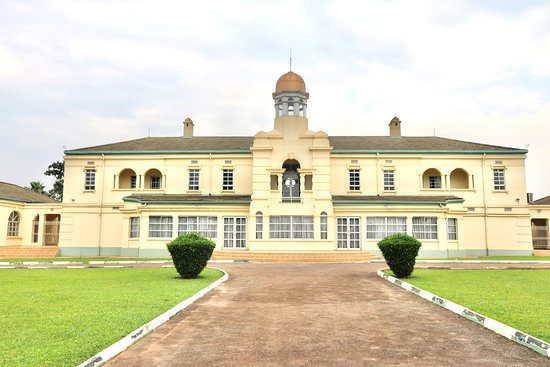
The Kabaka (King) of Buganda resides in several residences, one of which being the Lubiri or Mengo palace. It spans a four-square-mile region and features stunning colonial architecture. In order to discover more about the history of the Baganda, one should visit the palace, which was erected in 1885. After been invaded by government soldiers under the rule of his father, Muteesa II, the present Kabaka no longer utilizes this palace.
The Uganda Museum:
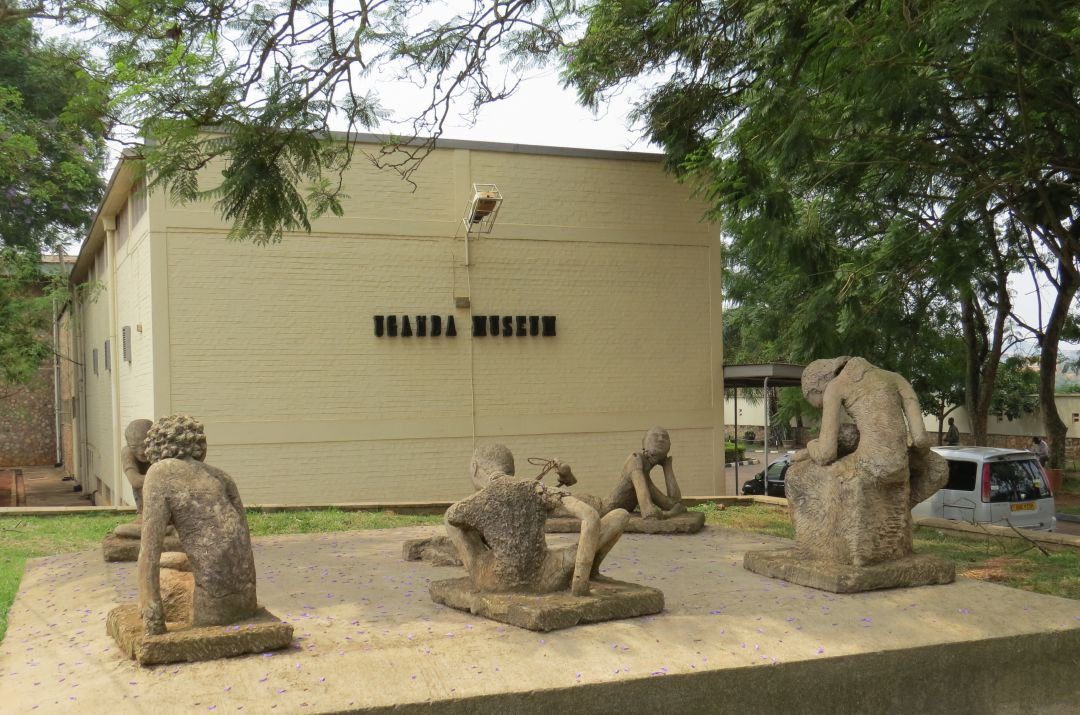 To assist in preserving Uganda’s history, the Uganda museum was constructed. Without a doubt, the museum is the greatest place to go if you want to learn about Uganda’s history and cultural heritage. A variety of instruments, objects, and recordings are used to illustrate this history and legacy. The Uganda Museum was initially constructed in 1908, although it has undergone a number of interior changes to give it a more contemporary appearance.
To assist in preserving Uganda’s history, the Uganda museum was constructed. Without a doubt, the museum is the greatest place to go if you want to learn about Uganda’s history and cultural heritage. A variety of instruments, objects, and recordings are used to illustrate this history and legacy. The Uganda Museum was initially constructed in 1908, although it has undergone a number of interior changes to give it a more contemporary appearance.
The Kabaka’s Lake:
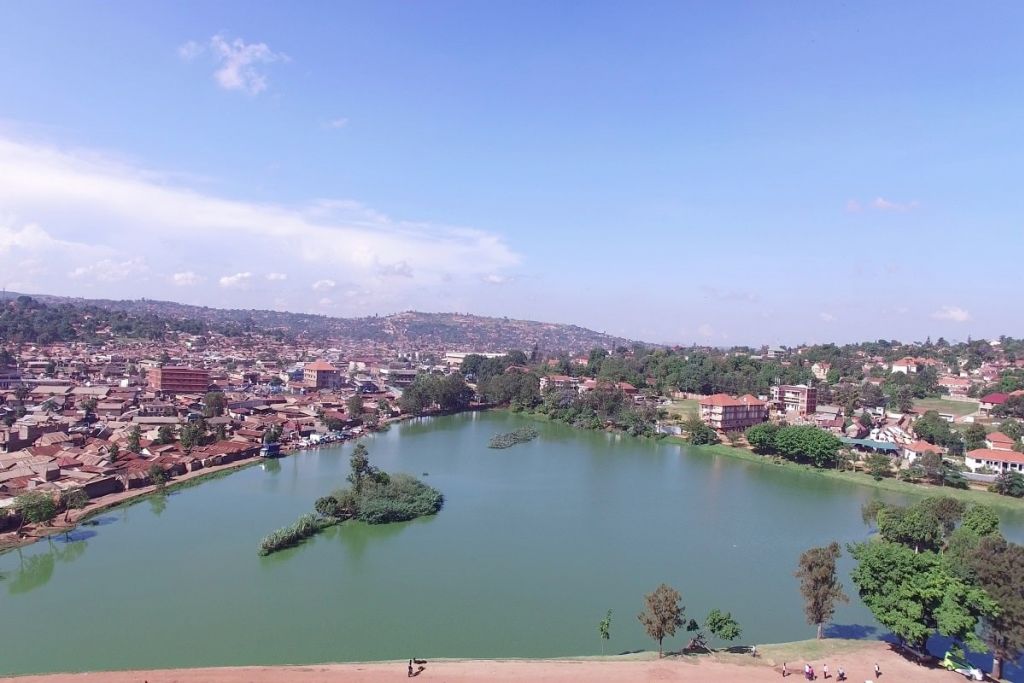 On the outskirts of Kampala, at Mengo, you may find this lake close to the palace. Kabaka Mwanga II gave the order to build the lake in 1880 so that people would have a way to flee through Lake Victoria in the event of a civil war. The tranquil waters of the lake, which has a surface area of five acres, are home to lovely birds and other creatures.
On the outskirts of Kampala, at Mengo, you may find this lake close to the palace. Kabaka Mwanga II gave the order to build the lake in 1880 so that people would have a way to flee through Lake Victoria in the event of a civil war. The tranquil waters of the lake, which has a surface area of five acres, are home to lovely birds and other creatures.
Kabaka Mwanga used to go swimming and fishing at the lake. Lake Victoria remains unconnected despite the Kabaka’s desire to have a channel built to it. Swim, sport fish, or simply unwind on the stunning shoreline are all options for visitors.
Namirembe and Rubaga Cathedrals:
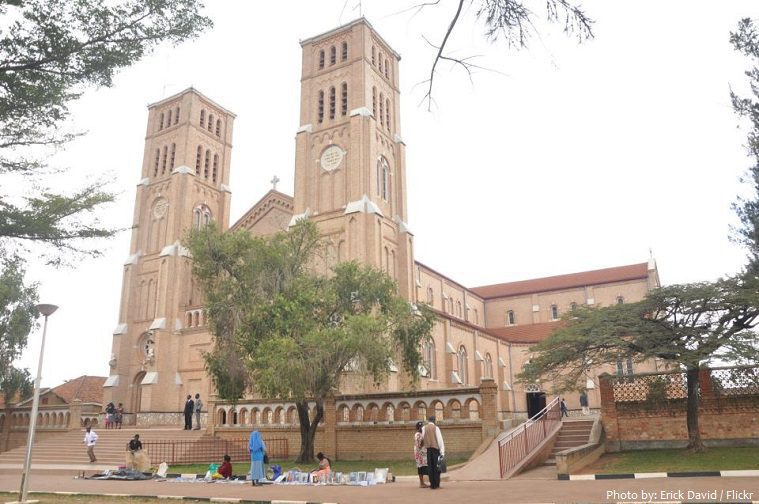 The most well-known cathedral in Uganda for Anglicans is Namirembe Cathedral, just as Rubaga is for Roman Catholics. The cathedral in Rubaga was constructed in 1880 on Rubaga Hill, whereas the cathedral in Namirembe was constructed in 1903 atop Namirembe Hill.
The most well-known cathedral in Uganda for Anglicans is Namirembe Cathedral, just as Rubaga is for Roman Catholics. The cathedral in Rubaga was constructed in 1880 on Rubaga Hill, whereas the cathedral in Namirembe was constructed in 1903 atop Namirembe Hill.
The two Christian denominations’ top positions are held by both cathedrals. It is home to their most senior bishops. Every Sunday, Christians from all across the city and nation throng the cathedrals to participate in the hallowed ritual of prayer. For past priests and bishops who arrived in Uganda as missionaries during the early years of Christianity, there are graves and tombs at the cathedrals.
Uganda Martyrs Shrine in Namugongo:
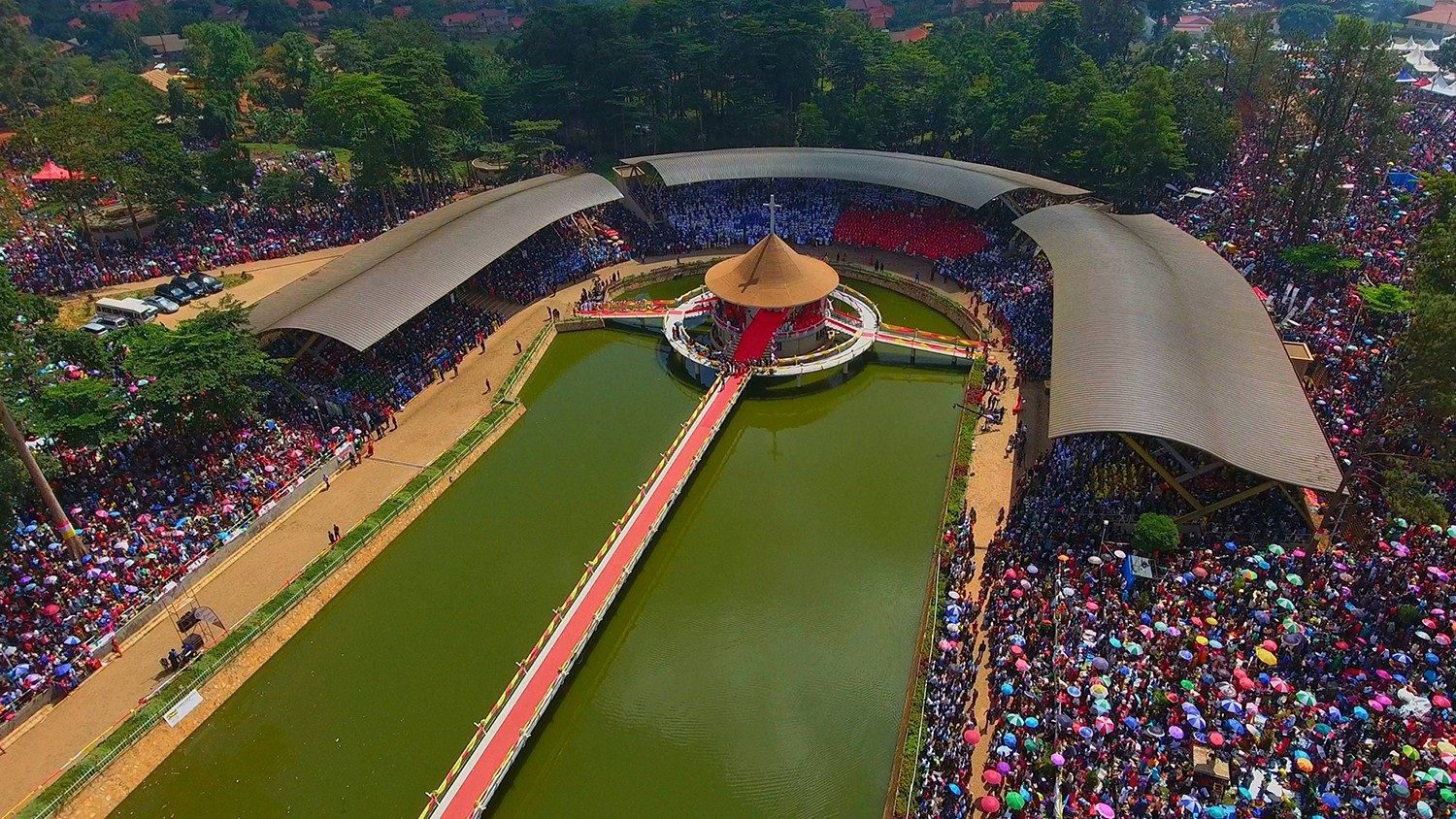 One of the holiest places in Africa is the Namugongo Martyrs Shrine. Millions of pilgrims visit the shrine on June 3rd each year to remember the 25 Anglican and Catholic Christians who died after refusing to renounce their religion in the face of death.
One of the holiest places in Africa is the Namugongo Martyrs Shrine. Millions of pilgrims visit the shrine on June 3rd each year to remember the 25 Anglican and Catholic Christians who died after refusing to renounce their religion in the face of death.
Many Christians were put to death by Kabaka Mwanga II of Buganda in 1886 because he believed they had lost respect for him after becoming Christians. He perceived foreign religion as a danger to his authority and ability to dominate his people. On the king’s instructions, several Christians of various denominations were ruthlessly murdered in an effort to establish his rule.
Fort Baker:
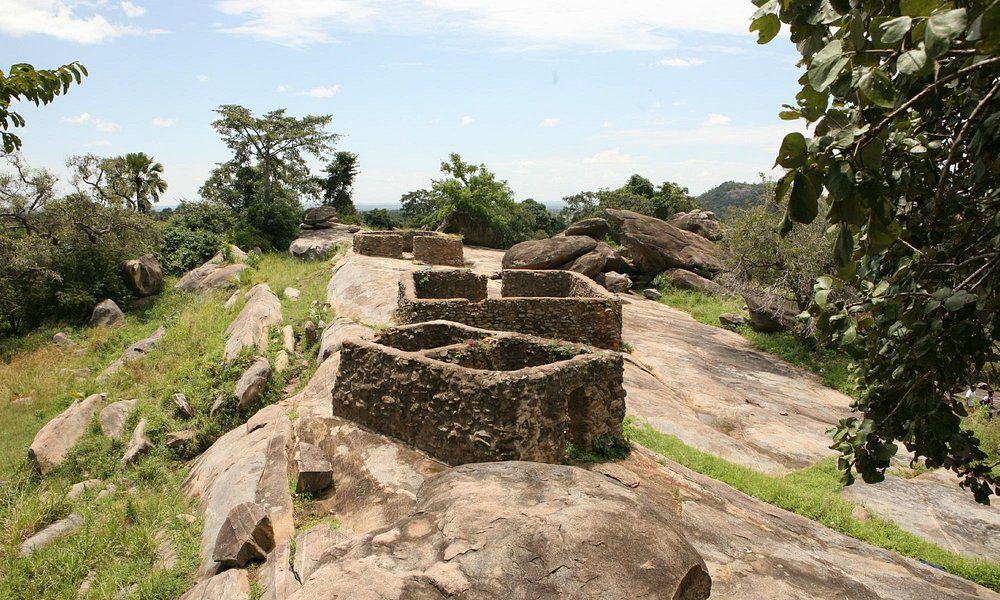 The location of Baker’s Fort is near Patiko, 29 kilometers from Gulu town. The building, also called Fort Patiko, was constructed by Arab slave merchants and eventually acquired by Sir Samuel Baker. Famous explorer Baker opposed slavery in all of its manifestations.
The location of Baker’s Fort is near Patiko, 29 kilometers from Gulu town. The building, also called Fort Patiko, was constructed by Arab slave merchants and eventually acquired by Sir Samuel Baker. Famous explorer Baker opposed slavery in all of its manifestations.
In an effort to thwart the Arab traders who had been using the fort to gather slaves from the area, he took control of the Fort in 1872. A ditch that is 15 feet deep and 16 feet broad surrounds the Fort. Slaves who had been taken prisoner by Arab traders dug the ditch. Baker used the Port until 1888, when Emin Pasha and Charles Gordon took control of it.
Bigo bya Mugenyi:
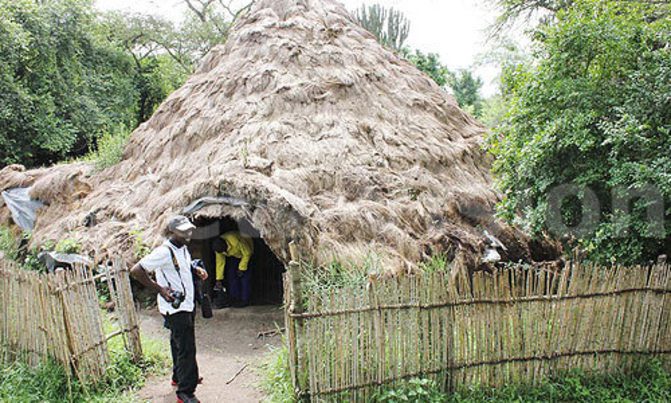 This cultural site is situated in a place called Ntusi, which is deep within the Mubende District. The phrase “The Fort of a Stranger” is Bigo bya Mugenyi. The Bachwezi demi-gods are thought to have inhabited the region hundreds of years ago.
This cultural site is situated in a place called Ntusi, which is deep within the Mubende District. The phrase “The Fort of a Stranger” is Bigo bya Mugenyi. The Bachwezi demi-gods are thought to have inhabited the region hundreds of years ago.
They left behind a number of earthworks and artifacts that are significant to the local population’s culture. The early 13th century is thought to be when the earthworks were constructed. Visitors must wash themselves with water from a nearby stream in order to enter the facility. Washing oneself helps to avoid upsetting the local deities.
Mparo Tombs:
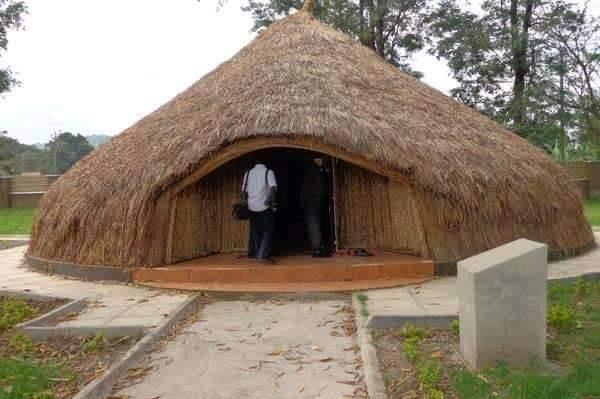 The Mparo Tombs are located in Hoima District, 4 kilometers away in Mparo Division. Former Bunyoro Kings are interred in the tombs. The legendary Kabalega of Bunyoro, who caused trouble for the British colonial authorities, is buried here. When the British tried to take over his Kingdom, Kabalega launched a long-lasting uprising against them. Along with Kabaka Mwanga of Buganda, he was banished to the Seychelles Islands. Many locals travel to the Mparo graves to ask for favours or to remember their past king.
The Mparo Tombs are located in Hoima District, 4 kilometers away in Mparo Division. Former Bunyoro Kings are interred in the tombs. The legendary Kabalega of Bunyoro, who caused trouble for the British colonial authorities, is buried here. When the British tried to take over his Kingdom, Kabalega launched a long-lasting uprising against them. Along with Kabaka Mwanga of Buganda, he was banished to the Seychelles Islands. Many locals travel to the Mparo graves to ask for favours or to remember their past king.
Karambi Tombs:
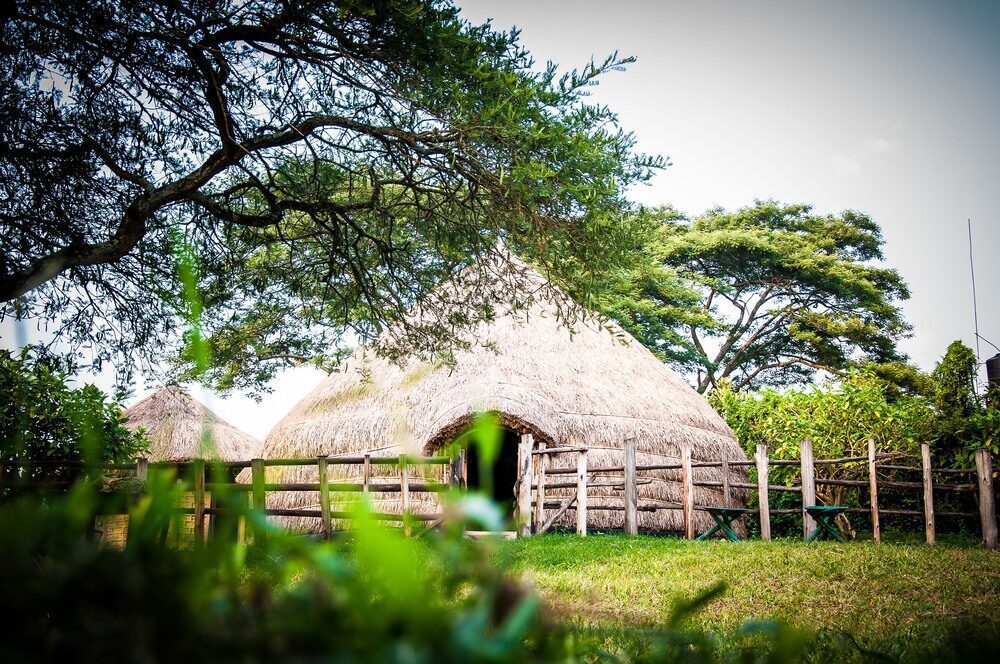 These tombs are found in the town of Fort Portal. The tombs belong to the Kingdom of Tooro. Three Kings of Tooro are buried here – Olumi Kaboyo II, Rukidi III and Kyebambe Kamurasi. Each King has a tomb for himself with all his royal regalia. Other royal princesses and princess are also buried here.
These tombs are found in the town of Fort Portal. The tombs belong to the Kingdom of Tooro. Three Kings of Tooro are buried here – Olumi Kaboyo II, Rukidi III and Kyebambe Kamurasi. Each King has a tomb for himself with all his royal regalia. Other royal princesses and princess are also buried here.
The Karambi Tombs hold great cultural significance to the Batooro and are hence a perfect site to visit if you want to learn more about their culture and monarchy. You will be impressed with the simple but unique architecture and royal instruments including giant drums, spears and other items that were personal to the specific King.
The scenery around the tombs is beautiful with several large mango trees scattered around. Karambi tombs are located 6 kilometers away from the town center along the Kasese to Fort Portal Road.
Ssezibwa Falls:
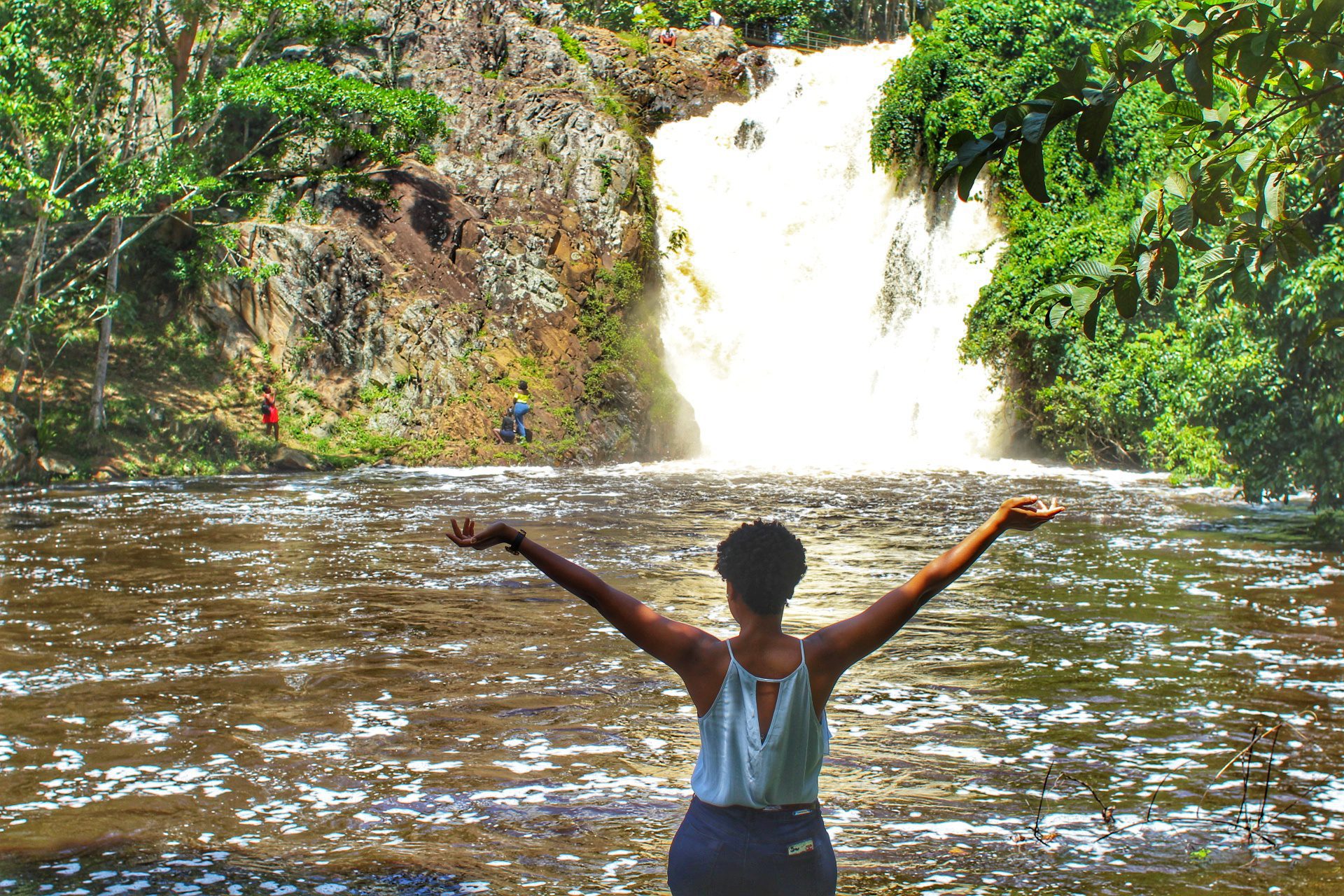 The falls are found in Mukono between the Kyagwe and Bugerere parishes. The waterfalls are an important cultural and spiritual site for the Baganda people and especially die-hard royalists. All Kings of Buganda have visited the Sezibwa falls to seek for blessings from their ancestors. Apart from the royals, hundreds of people come to a shrine on top of the falls to seek the blessings and favor from the gods.
The falls are found in Mukono between the Kyagwe and Bugerere parishes. The waterfalls are an important cultural and spiritual site for the Baganda people and especially die-hard royalists. All Kings of Buganda have visited the Sezibwa falls to seek for blessings from their ancestors. Apart from the royals, hundreds of people come to a shrine on top of the falls to seek the blessings and favor from the gods.
The falls are visited by many tourists who leave impressed by the beautiful scenery surrounding the place. One can enjoy rock climbing, primates viewing, birding, picnics or camping around the beautiful gardens of the falls.
Nakayima Tree:
The Mubende District is where you can find this tree. It is one of Uganda’s largest trees and is thought to be older than 400 years. According to legend, the wife of a specific Nduhura named Nakayima planted the tree. As they battled with the difficulties of life, people would travel to the tree to ask their gods for blessings and favor. Even now, people still go to the tree to ask for blessings.
On their way to Kibale National Park, tourists can stop at this traditional site. The major activity is taking a stroll through the neighborhood or ascending the hill to the main shrine. Many people who have come to the location in search of blessings for their families and children might be expected to be encountered there. To sacrifice animals to the tree, people also bring some local beer.
Katereke Prison Ditch: This ditch serves as a continual reminder of some of Buganda’s Kings’ atrocities. In the face of criticism from his siblings, Kabaka Kalema made the unimaginable decision. He kidnapped all 30 of his siblings, including his brothers and sisters, and had them all starved to death in a ditch. The Katereke Prison Ditch serves as a reminder of both the brutality of Kabaka Kalema and this trying period in the history of the Buganda Kingdom. The place draws a lot of people from throughout the world despite its association with the violence of the paranoid king.
The Coronation Site in Buddo (Naggalabi): This location is roughly sixteen kilometers outside of Kampala city in Busiro Country on Buddo Hill. The Kings of Buganda are crowned from Naggalabi through a number of rites and preparations. Some people think that this is where the Buganda kingdom was founded around the beginning of the 14th century. Visitors to this site of the coronation can walk on the exact spot and path that the current and previous kings of Buganda have used. Other holy places in the vicinity are also open to visitors.
Itaaba Kyabanyoro: This location was discovered not far from Mbarara town. As the location where the last emperor (also known as Wamala) of the Bachwezi kingdom constructed the sacred royal drum known as the “Bagyendanwa,” the location is significant in the history of the Ankole Kingdom. One of the renowned cultural icons of the Ankole kingdom, the drum still remains today. To get to this location, take the Mbarara to Kabale road and exit at Kinoni Rwampara.
Nyero Rock Paintings: You must travel east of Uganda to witness the Nyero Rock artwork. The paintings are situated along Ngora road, eight kilometers from Kumi town. People who lived in the region during the Iron Age left behind the magnificent paintings. Canoes and animals that formerly inhabited the area are among the motifs shown in the paintings.
Kanyange and Nnamasole Baagalayaze Tombs: The mother of Kabaka Suuna II was interred at the Wamala tombs, where these tombs still house her remains. She went by the name Nnamasole Kanyange. The Wamala tombs are just a short distance away from the tombs, which are situated on a hill along the Kampala to Bombo route. The Nnamasole Tombs also house the remains of the mothers of other Kabakas. Similar to other royal graves, celebrations with rituals are frequently carried out by traditionalists. At the tombs, a mystical drum is placed that is said to call the ghost of King Suuna. II.
The Wamala Tombs: In addition to the Kasubi tombs, Buganda also contains other graves for its previous monarchs. The remains of Kabaka Suuna 11 are kept at the Wamala tombs. As the first Kabaka (King) to permit foreign merchants into Buganda, Kabaka Suuna is remembered. 218 children were born to him and his over 150 spouses. On top of a hill in a lovely setting, the Wamala tombs are situated.
Igongo Cultural Centre: Along the road leading to Kampala, in the Mbarara District, sits this privately owned cultural center. On the grounds of the former royal residence of the King of Ankole, the Center was erected. In order to advance the cultures of the people of Uganda and all of Africa, Mr. Tumusiime founded this center.
The Igongo Cultural Centre is the best site to learn about and experience Western Ugandan culture. The Center was constructed to a high standard and features lovely gardens and vistas. There is a museum, restaurant, and lovely gift store at the Center. In Western Uganda, you may also get regional dictionaries and books about Uganda and the nearby tribes. Tourists traveling to Queen Elizabeth National Park frequently pause in Igongo.
Ndere Troupe Cultural Center: This facility is located in the Kampala suburb of Ntinda. The term “endere” in Kiganda, which describes a flute, is whence Ndere gets its name. The Ndere Troupe Cultural Center is conceivably the best location to learn about Ugandan culture as a whole. Here, visitors can take in traditional performances by tribes from all over Uganda.
You can request traditional dishes from practically every region of Uganda in addition to learning about their cultures. There are many tourists who come to the Ndere Troupe Cultural Center. If you are visiting Kampala or the country as part of a larger cultural tour, this is the place to be. They have respectable lodging options at reasonable prices, so you don’t have to worry about that.
Baha’i Temple:
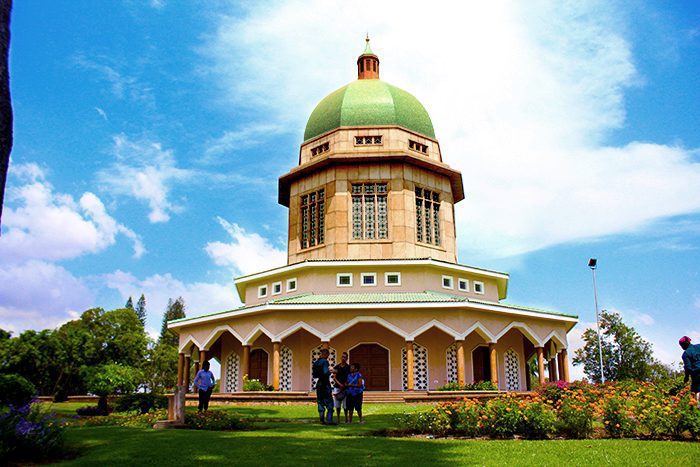 The only other temple of its kind in Africa is the Baha’i Temple in Uganda. Tourists from abroad and the local community both enjoy it very much. The striking temple is located in Kikaya Hill (Kampala) on a 30-hectare parcel of land. It offers lovely gardens that are great for unwinding and practicing meditation. The Baha’i Temple is accessible to people of all faiths. The temple’s windows may filter sunlight, making it a distinctive piece of architecture. Visit this temple to learn about the Baha’i faith, to pray, or just to unwind while taking in the breathtaking views of Kampala.
The only other temple of its kind in Africa is the Baha’i Temple in Uganda. Tourists from abroad and the local community both enjoy it very much. The striking temple is located in Kikaya Hill (Kampala) on a 30-hectare parcel of land. It offers lovely gardens that are great for unwinding and practicing meditation. The Baha’i Temple is accessible to people of all faiths. The temple’s windows may filter sunlight, making it a distinctive piece of architecture. Visit this temple to learn about the Baha’i faith, to pray, or just to unwind while taking in the breathtaking views of Kampala.

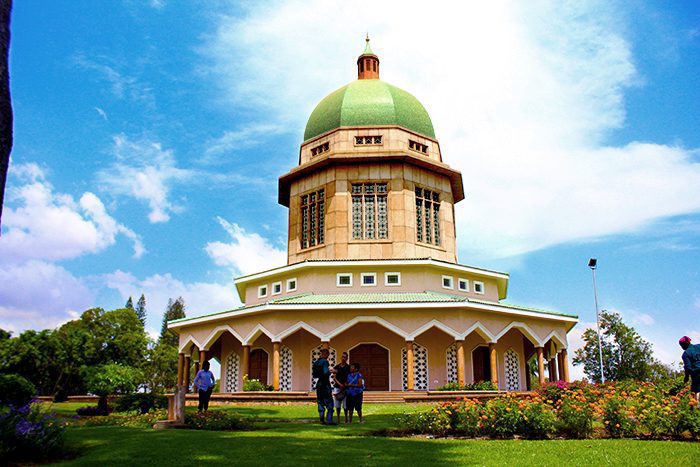
Comments